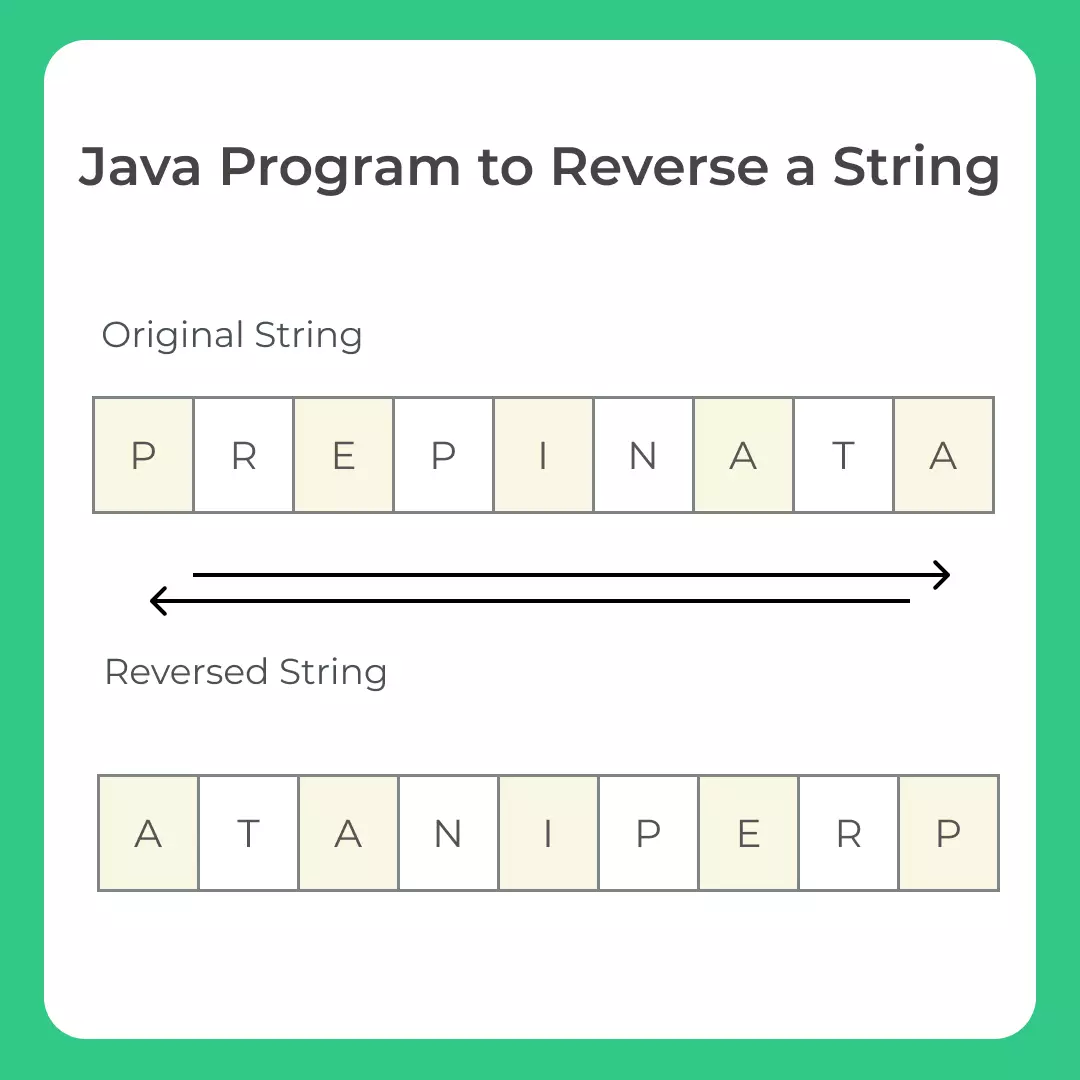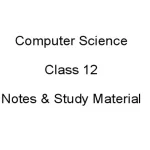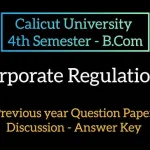1. Rat Count House
Problem: Given the number of rats r, the amount of food each rat consumes unit, and an array arr where each element represents the amount of food in each house, determine the minimum number of houses required to feed all the rats.
Solution Outline: Calculate the total food required (r * unit). Iterate through the array, summing the food until the total meets or exceeds the required amount. Return the count of houses used.
2. Operations on a Binary String
Problem: Given a binary string where ‘A’ denotes AND, ‘B’ denotes OR, and ‘C’ denotes XOR operations between binary digits, evaluate the result of the operations from left to right.
Solution Outline: Traverse the string, performing the specified operations sequentially on the binary digits.
3. Password Validator
Problem: Implement a function to check if a given password is valid based on specific criteria: at least 4 characters long, contains at least one numeric digit, one uppercase letter, does not contain spaces or slashes, and does not start with a number.
Solution Outline: Check each condition using string operations and return 1 if all conditions are met; otherwise, return 0.
4. Find Count with Absolute Difference
Problem: Given an array of integers, a number num, and a difference diff, count how many elements in the array have an absolute difference with num less than or equal to diff.
Solution Outline: Iterate through the array and count elements satisfying the condition |element - num| <= diff.
5. Replace Characters in a String
Problem: Given a string and two characters ch1 and ch2, replace all occurrences of ch1 with ch2 and vice versa.
Solution Outline: Traverse the string and swap occurrences of the two characters accordingly.
6. Maximum Exponent of 2 in Range
Problem: Find the number between a and b (inclusive) that has the highest exponent of 2 in its prime factorization.
Solution Outline: Iterate through the range and determine the exponent of 2 for each number, keeping track of the maximum.
7. Maximum Value and Index in Array
Problem: Find the maximum value in an array and its index.
Solution Outline: Traverse the array to find and print the maximum value and its index.
8. Autobiographical Number
Problem: Determine if a number is autobiographical, meaning each digit describes the count of that digit’s position in the number.
Solution Outline: Verify if the count of each digit matches the digit’s value at the corresponding position.
9. Array Reversal
Problem: Reverse the elements of an array.
Solution Outline: Use two pointers to swap elements from the start and end towards the center.
10. Finding Duplicates in an Array
Problem: Identify all duplicate elements in an array.
Solution Outline: Use a hash table to count occurrences and identify duplicates.
11. Fibonacci Sequence Generation
Problem: Generate the first n numbers in the Fibonacci sequence.
Solution Outline: Iteratively compute each number by summing the two preceding numbers.
12. Palindrome Check
Problem: Check if a given string is a palindrome.
Solution Outline: Compare characters from the start and end moving towards the center.
13. Linked List Reversal
Problem: Reverse a singly linked list.
Solution Outline: Iterate through the list, reversing the pointers of each node.
14. Binary Search Implementation
Problem: Implement binary search on a sorted array to find the index of a target value.
Solution Outline: Recursively or iteratively divide the search interval in half until the target is found.
15. Merge Two Sorted Arrays
Problem: Merge two sorted arrays into a single sorted array.
Solution Outline: Use two pointers to compare elements and build the merged array.
16. Longest Common Subsequence
Problem: Find the longest common subsequence between two strings.
Solution Outline: Use dynamic programming to build a table of common subsequences lengths.
17. Depth-First Search in a Graph
Problem: Perform a depth-first search (DFS) on a graph starting from a given node.
Solution Outline: Use a stack or recursion to explore as far as possible along each branch before backtracking. Pro
18. Breadth-First Search in a Graph
Problem: Perform a breadth-first search (BFS) on a graph starting from a given node.
Solution Outline: Use a queue to explore all neighbors at
Recommended Indian Books for Accenture Coding Questions Preparation
-
“Cracking the Coding Interview – India Edition” by Gayle Laakmann McDowell (Adapted by Indian Author) – Wiley India
Covers: Data structures, algorithms, and 189 programming questions tailored to Indian placement drives. Includes mock interviews and behavioral round insights. -
“Programming with Problem Solving” by M.T. Somashekara – PHI Learning
Covers: Basics of programming using C, logical problem-solving patterns, and beginner-level coding exercises often seen in Accenture assessments. -
“Data Structures Through C in Depth” by S.K. Srivastava and Deepali Srivastava – BPB Publications
Covers: In-depth understanding of arrays, stacks, queues, linked lists, trees, and graphs, with coding problems frequently asked in IT placements. -
“Let Us C” by Yashavant Kanetkar – BPB Publications
Covers: Foundational C programming concepts, control structures, functions, and arrays. Includes practice problems and aptitude-style coding challenges. -
“Let Us Python” by Yashavant Kanetkar – BPB Publications
Covers: Python programming basics and problem-solving techniques. Contains code-based challenges relevant for Python-based coding rounds. -
“Campus Preparation for Placement Interviews” by T.N. Suresh Kumar – Tata McGraw Hill
Covers: Coding challenges, verbal ability, logical reasoning, and technical interview questions often asked in companies like Accenture. -
“The Complete Reference – Java” by Herbert Schildt (Adapted for Indian Students) – McGraw Hill Education
Covers: Core Java concepts, OOP, data structures, and coding problems. Suitable for roles requiring Java knowledge in technical interviews. -
“Quantitative Aptitude and Data Interpretation” by Nishit Sinha – Pearson India
Covers: Quant-based logical questions and coding logic that involves numerical reasoning, often part of Accenture’s initial assessments. -
“Crack the Coding Interview: 500+ Questions with Solutions” by Kiran Prasad – Arihant Publications
Covers: Compilation of frequently asked coding problems in Indian IT placements, with detailed solutions and explanations across multiple difficulty levels. -
“C in Depth” by Deepali Srivastava – BPB Publications
Covers: Advanced C programming techniques, pointer-based questions, recursion, and implementation-focused challenges relevant to coding tests. -
“Mastering Data Structures with C” by J.S. Katre – Tech Knowledge Publications
Covers: Core concepts in data structures using C with hands-on implementation tasks and practical problem statements. -
“Programming in C” by Reema Thareja – Oxford University Press India
Covers: Basic to intermediate C programming topics with examples, flowcharts, and solved placement-style questions. -
“Objective Type Questions in C and Data Structures” by G.S. Baluja – Dhanpat Rai Publications
Covers: MCQ-style questions and code snippets with outputs, perfect for technical screening rounds at Accenture. -
“Data Structures and Algorithms Made Easy” by Narasimha Karumanchi – CareerMonk Publications
Covers: Theory and coding problems in arrays, trees, graphs, hashing, and dynamic programming. Includes placement-specific challenges. -
“Coding Interview Questions” by Narasimha Karumanchi – CareerMonk Publications
Covers: Coding problems typically asked by IT service companies in India. Includes detailed walkthroughs of logic and optimization strategies. -
“Test Your C Skills” by Yashavant Kanetkar – BPB Publications
Covers: Tricky and conceptual C programming questions, perfect for understanding edge cases and tricky logic. -
“Programming and Data Structures” by E. Balagurusamy – McGraw Hill Education India
Covers: Easy-to-understand explanations with practical problems focusing on programming fundamentals for freshers. -
“C++: The Complete Reference” by Herbert Schildt (Indian Edition) – McGraw Hill Education
Covers: Object-oriented concepts, standard template library, and real-world coding problem-solving techniques relevant to placements. -
“Python Programming” by Reema Thareja – Oxford University Press India
Covers: Fundamental Python concepts with problem sets and logical coding exercises ideal for Python-based rounds in tech assessments. -
“Java: A Beginner’s Guide” by Herbert Schildt – McGraw Hill Education India
Covers: Basics of Java with real-world examples, control structures, class design, and coding challenges aligned with IT recruitment tests.
Accenture Coding Questions: What to Expect and How to Prepare
Accenture is one of the leading IT service companies in the world, and its recruitment process is designed to assess not only a candidate’s technical skills but also their logical thinking and problem-solving abilities. The coding round, in particular, is a crucial part of the selection process for software and engineering roles. Understanding the pattern of Accenture coding questions can give you a strong edge in cracking the placement rounds.
Accenture coding assessments typically include 1 to 2 coding questions with a time limit of 45 to 60 minutes. These questions are designed to test a mix of algorithmic thinking, programming knowledge, and familiarity with data structures. The problems are not excessively complex but do require a clear understanding of logic and the ability to write efficient, bug-free code.
Candidates can expect to face topics like string manipulation, array operations, basic recursion, hashmaps, sorting algorithms, and simple mathematical logic. The difficulty level is moderate, and the focus is usually on code readability, logical approach, and correctness. Questions often have real-world scenarios such as processing customer data, validating inputs, or simulating basic system behaviors.
It’s important to note that languages such as C, C++, Java, and Python are commonly allowed during the test. Therefore, being proficient in one of these languages is essential. For Python users, leveraging built-in functions can save time, while C/C++ programmers should pay close attention to memory management and syntax.
A recommended preparation strategy includes consistent coding practice on platforms that simulate real-world coding rounds. Solving problems from topics like arrays, strings, and search/sort algorithms is key. Practice should also involve writing code from scratch without the help of auto-complete tools or debugging features, as these are restricted during actual tests.
Another expert tip is to review commonly asked coding patterns. Problems involving frequency counts, prefix sums, sliding windows, and two-pointer techniques are frequently seen. These patterns help in solving a wide variety of problems quickly and accurately.
Time management plays a significant role in coding assessments. It’s better to solve one problem correctly and completely than to attempt two with partial logic. Always start with reading the question carefully, writing a quick outline of the approach, and then coding. Avoid over-optimizing in the first go — aim for clarity and correctness first.
To further boost your preparation, simulate mock tests in a timed environment. This helps in building both speed and confidence. Reviewing past questions and practicing input/output formats also helps, especially since coding tests are auto-evaluated and rely heavily on correct formatting.
Lastly, pay attention to edge cases. Questions might seem straightforward, but a missed edge case can result in a failed test case. Always test your code with maximum, minimum, and boundary values.
FAQ for accenture coding questions
What programming languages are allowed in Accenture’s coding round?
Usually, candidates can choose from C, C++, Java, and Python, depending on the platform used.
How many coding questions are asked in the assessment?
Typically, 1 to 2 coding questions are asked with a total duration of 45 to 60 minutes.
Are the coding questions language-specific?
No, the logic remains the same. However, candidates should be familiar with syntax and libraries in their chosen language.
What is the difficulty level of Accenture coding questions?
The difficulty ranges from easy to moderate, focusing on logic, strings, arrays, and simple algorithms.
Do I need to write optimized solutions?
Correctness is prioritized. Optimization is a bonus but not mandatory unless specified in the problem.
Are edge cases important in these tests?
Yes, test cases often include edge conditions. Ignoring them can lead to partial or failed submissions.
Can I run test cases before submitting my solution?
Yes, usually a few sample test cases are visible before final submission to verify your logic.
How can I prepare effectively for these questions?
Practice frequently asked coding patterns, simulate timed tests, and focus on clarity and logic.
Is there negative marking in the coding section?
Generally, no. But it’s always best to read the instructions before starting the test.
Will the coding questions involve data structures like trees or graphs?
Rarely. Most questions involve basic data structures like arrays, strings, and hash maps.
Latest Posts
- Step-by-step guide to download and apply for jee mains admit card 202
- Comprehensive 2025 government holidays and recruitment details for job seekers
- JEE Mains Admit Card 2025: Your Step-by-Step Guide to Downloading the Hall Ticket
- Everything You Need to Know About 2025 Government Holidays Recruitment
- Comprehensive Guide to rrb d group recruitment 2025 – Eligibility, Vacancies, and Application
- Detailed guide to nps trust recruitment 2025 vacancies, eligibility and apply process
- Comprehensive guide to hpcl recruitment 2025 notification, vacancies, and application process
- ignou bed admission 2025 complete recruitment guide with eligibility and process
- Comprehensive Guide to Indian Army Agniveer Recruitment 2025 Notification and Jobs
- Everything You Must Know About CBSE Board Exams 2025 Changes & New Rules






